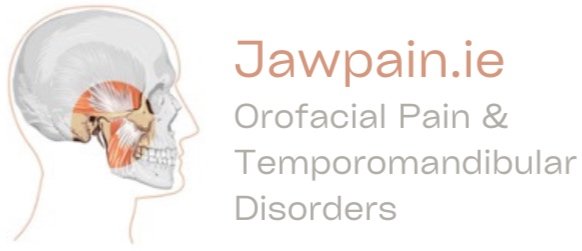How are TMJ Disorders treated?
For most people, pain in the area of the TMJ does not signal a serious problem. In many cases the pain is mild, temporary and often occurs in cycles. The pain can sunside with little or no treatment. However some patients develop acute short term or significant long term symptoms. Experts strongly recommend using the most conservative and reversible treatment options available. A typical treatment approach may include:
Identifying the source of pain: muscle, joint or both
Identifying and controlling the perpetuating factors: clenching, grinding, nailbiting, choir signing etc.
Introducing self care strategies: ice, heat, soft diet etc.
Introducing physical medicine and behavioural strategies: jaw stretching, jaw relaxing, posture control, stress management modalities
Pharmacological Interventions: anti inflammatories / muscle relaxants / Botox
Splint Therapy
Surgical intervention / Injection therapies (steroid / Botox)
Specific treatment plans must be tailored to individual patient needs. It is imperative that the patient understands the basis of his/her treatment plan and more importantly appreciates the logic behind it. The patient must play an active role in getting himself / herself better. There is much more to the treatment of a TMJ problem than the provision of a splint.

